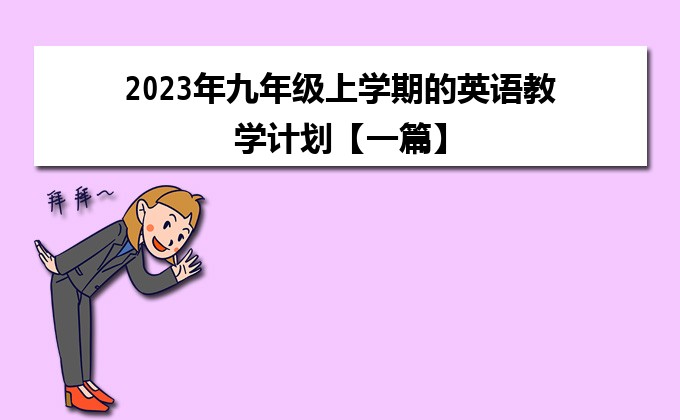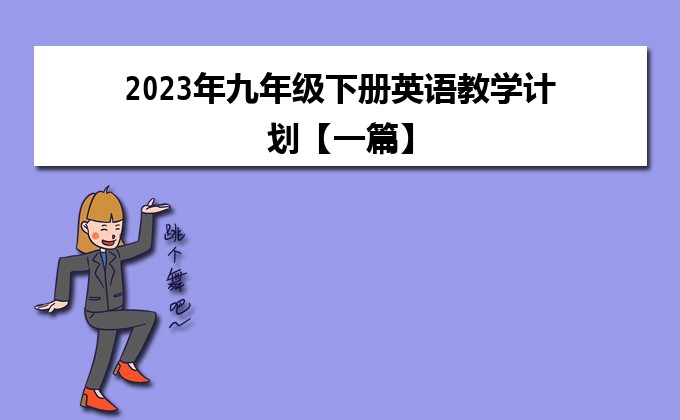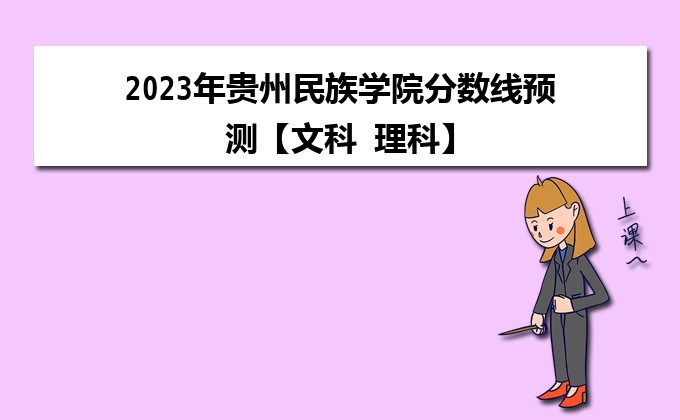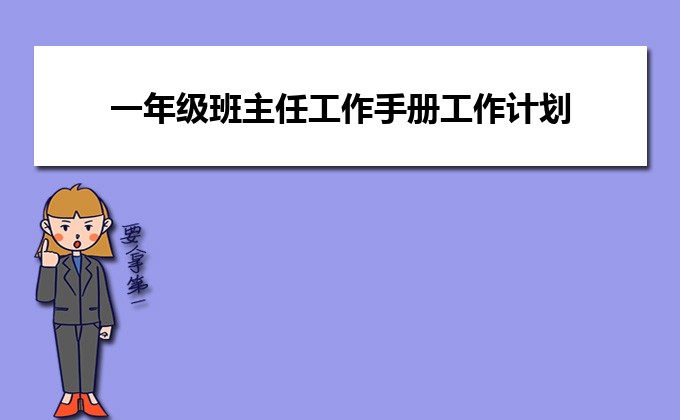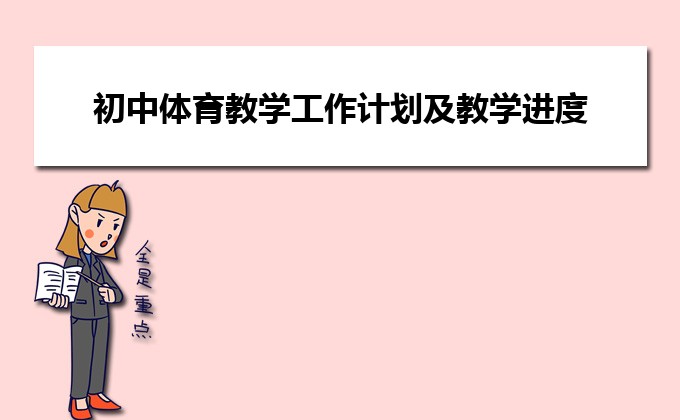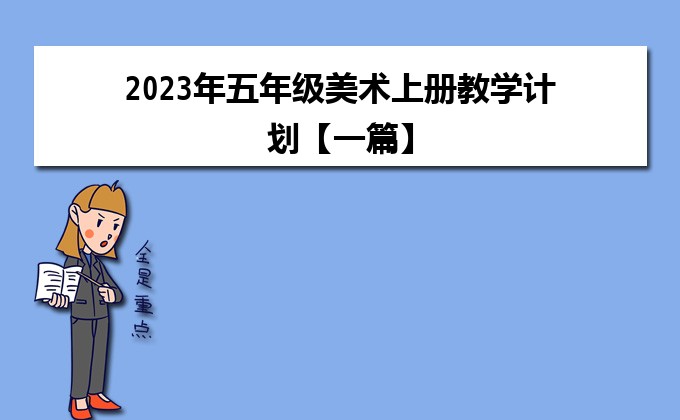人教版九年级上册英语课件
一、教学目标:
1. 语言知识目标:
1) 能掌握以下单词: chopsticks, coin, fork, blouse, silver, glass, cotton, steel, grass, leaf, produce, widely, be known for, process, pack
能掌握以下句型:
① ?This ring looks nice. Is it made of silver?
?Yes, and it was made in Thailand.
② What is it made of/from?
③ China is famous for tea, right?
④ Where is tea produced in China?
2) 能够用英语描述及询问物品的制作材料,正确理解被动语态的用法及句子结构。
2. 情感态度价值观目标:
了解一些日常用品的制成材料,增加生活常识,养成良好的生活习惯;了解一些地方知名产品或传统艺术品的制作过程以及制作材料,培养学生的民族自豪感及爱国主义精神。
二、教学重难点
1. 教学重点:
1) 掌握本课时中出现的生词
2) 能够用英语描述及询问物品的制作材料
3)正确理解被动语态的用法及句子结构。
2. 教学难点:
理解被动语态的用法及句子结构。
三、教学过程
Ⅰ. Lead in
1. 播放动画片《造纸过程》的视频,让学生们了解这个中国传统发明的情况。
T: Who invented paper first?
S1: Can Lun invented it in Han dynasty.
T: What was paper made of then?
S2: It was mainly made of bamboo.
T: was it easy for people to make paper then?
S1: No, it was very difficult then.
T: What is paper made of now?
S3: It’s mainly made of wood, bamboo, and cotton.
…
Ⅱ. Presentation
1. Present the sentence structure, using the pictures on the big screen:
?What’s the golden medal made of?
?It’s made of gold.
?Is this table made of wood?
?No, it isn’t. It’s made of glass.
?Is Butter made from meat?
?No. It’s made from cream?
让学生们学习掌握be made of/from句型的用法,及be made of与be made from的区别。
两词组都是“由……制成的”之意。be made of 指从原料到制成品只发生了形状变化,没有发生本质变化(属物理变化)
be made from指从原料到制成品发生了质的变化,已无法复原(属化学变化)。
Ⅲ. Learning
1. Show some pictures on the big screen. Try to learn the new words using “be made of” structure.
Learn the new words: chopsticks, coin, fork, blouse, silver, glass, cotton, steel, grass, leaf
e.g. This pair of chopsticks are made of bamboo.
This coin is made of silver.
Is this blouse made of cotton?
No, it isn’t. It’s made of silk.
What’s the fork made of?
It’s made of steel.
These pigs like grass very much.
a piece of leaf
Kolas like leaves.
2. Ss discuss with their partner and try to learn the new words.
3. Give Ss five more minutes to remember the new words.
Work on 1a:
Let Ss read the things and materials in 1a. Discuss with their partners and match them with the materials. More than one answer is possible.
What are these things usually made of? Match them with the materials. More than one answer is possible.
1. chopsticks
2. window
3. coin
4. stamp
5. fork
6. blouse
a. wood
b. gold
c. silver
d. paper
e. silk
f. glass
Check the answers with the Ss.
Ⅳ. Listening
1. T: Tell Ss they will hear a conversation about some things and material. Listen and match the products with what they are made of and where they were made.
Things Made of Made in
shirts cotton Korea
chopsticks silver Thailand
ring steel America
2. Let one student read the words in the box, Play the recording for the Ss to listen.
3. Ss try to listen and match the things with the material and here they were made.
4. Play the recording again. Let Ss check the facts they hear.
5. Check the answers
Ⅴ. Pair work
1. Read the conversation in the box in 1c.
2. Ss try to made conversations using the information in 1b.
e.g. A: Your new shirt looks very nice. Is it made of cotton?
B: No, it isn’t. It’s made of silk.
3. Let some pairs read out their conversations.
Ⅵ. Listening
Work on 2a:
T: Let’s listen to another conversation between Nick and Marcus.
1. What are they talking about? First, let’s look at the pictures and the phrases in 1a.
(Let one students read the phrases in 2a.)
Listen and check ( √ ) the main topic of Nick and Marcus’ conversation.
____ the science museum
____ the art and science fair
____ environmental protection
____ a model plane
____ a beautiful painting
____ grass and leaves
2. Play the recording for the Ss to listen and check the phrases.
3. Play the recording again to check the answers.
Work on 2b:
1. Let Ss read the sentences below. Explain some main sentences for the Ss. Make sure they know what to do.
2. Let Ss read the questions in 2b. Make sure they understand the meaning of each question.
Play the recording for the Ss to answer the questions. (If necessary, using the pause button.)
1) Where is the art and science fair?
_________________________
2) Do Nick and Marcus have to pay to go?
_________________________
3) What is the model plane made of?
_________________________
4) What is the painting made from?
__________________________
3. Play the recording again to check the answers.
4. Play the recording again. Let Ss fill in the blanks of the conversation.
Ⅶ. Pair work
1. Tell Ss to make a conversation using the information in 2a and 2b.
e.g.
A: What did you see at the art and science fair?
B: I saw a model plane.
A: What is it made of?
B: It’s made of steel, glass, and plastic.
2. Let Ss make their own conversations.
3. Practice their conversations in pairs.
Ⅷ. Role-play
1. Work on 2d
Read the conversation and complete the blanks.
1) Chinese _____________ tea both in the past and now.
2) _________ I know, tea plants _________ on the sides of mountains.
3) When the leaves are ready, they _______ by hand and then _______ for processing.
4) The tea ____________ and sent to many different countries and places around China.
5) People say that tea ___________ ____ health _____ business!
2. Read the conversations and Let Ss read after the teacher.
3. Explain some new words and main points in the conversation.
4. Ask Ss to role-play the conversation in groups.
X. Language points
1. What is the model plane made of?
What is the painting made from?
be made of与be made from 辨析
两词组都是“由……制成的”之意。be made of 指从原料到制成品只发生了形状变化,没有发生本质变化(属物理变化)
be made from指从原料到制成品发生了质的变化,已无法复原(属化学变化)。
e.g. Glass is made of glass. 玻璃杯是由玻璃制成的。
The paper is made from wood. 纸是木头做的。
2. For example, Anxi and Hangzhou are
widely known for their tea.
widely adv. 广泛地;普遍地
wide (形容词) + ly → widely (副词)
e.g. Gas is widely used for cooking and heating.
天然气被广泛地用于做饭和取暖。
3. Where is tea produced in China?
produce v. 生产;制造;出产
英语中有produce, grow和plant三个动词均可用来描述农作物及植物的“种植;
生产;生长”,但有所区别。
produce指农作物成产量化地“出产”,或自然地“生长出;长出;结出(果实)”。
e.g. This region produces over 50% of the country’s rice.
这个地区出产整个国家50%以上的大米。
These trees can produce very good apples.
这些树能结出优质的苹果。
grow表示“种植;使生长”,着重指种植以后的栽培、生长过程。
e.g. These plants grow from seeds. 这些植物从种子生长而来。
The villagers grow coffee and corn to sell in the market.
村民们种植咖啡和玉米好拿到市场上去卖。
plant侧重“栽种;播种”这一行为,指把种子或秧苗种到土壤里使之生长。
e.g. How many trees have you planted this year? 今年你们种了多少棵树?
They planted tomatoes and carrots in their backyard.
他们在后院栽种了西红柿和胡萝卜。
3. For example, Anxi and Hangzhou are widely known for their tea.
be known for 以……闻名;为人知晓
be known for = be famous for
e.g. Suzhou is known for its beautiful gardens.
苏州以其美丽的园林而闻名于世。
be known as和be known for
be known as意为“作为……而著名”。be known for意为“因……而著名”。
根据句意用be known as或be known for的适当形式填空。
1) Han Han ____________ his writings.
2) As we know, Yao Ming __________ a basketball player.
Homework
I. Recite the conversation in 2d after school.
II. Translation.
1. 这个戒指是银制的。
2. 这种纸是由树木制成的。
3. 油漆是由什么制成的。
4. 杭州因其茶叶而为人知。
5. 据我所知,茶树被种植于山坡上。
